Whether you're looking to spice up the regular loop or traveling somewhere new, a variety of tools and resources to help you explore new route options and plan a safe and fun ride. The bike paths, backroads, scenic byways, tunnels, and alleyways that connect the roads we usually ride are filled with possibilities. However, it does take some knowledge and practice to figure out how to link them all together into one cohesive bike route. Fortunately, much of that information is available at your fingertips.

Non-cycling websites can be great resources to help discover new zones and routes to ride. Many cities or counties in the US have a map of bike-safe routes on their official municipal websites, which can be helpful as you begin exploring the roads around you.

Google Maps also has a practical biking feature. Plug in a destination and choose the bike icon in the navigation sidebar to reveal the best route via bike paths and bike lanes. They'll light up in green, overlaid on the open-source map. Be aware, though; this feature occasionally follows a technical singletrack trail or a busy highway if there are no other bike-friendly options. Use Google Maps as a general discovery tool, then dive into the details of new segments before trusting they are safe and suitable.
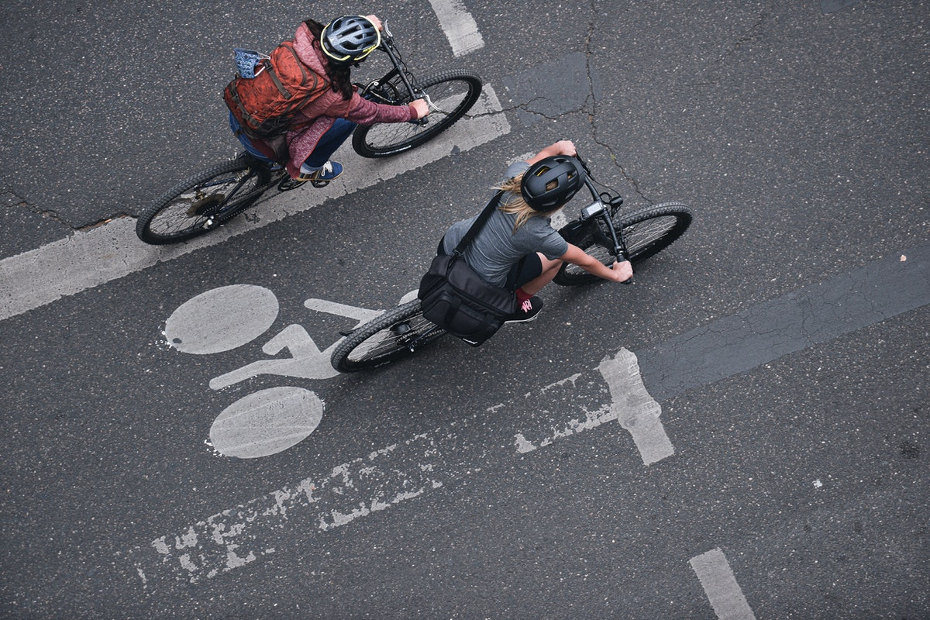
Other websites, such as Strava, Ride With GPS, Ride Spot, Komoot, or Map My Ride, display established routes other riders have completed. Again, while this can be a great resource, ensure the terrain is suitable for your bike and abilities.
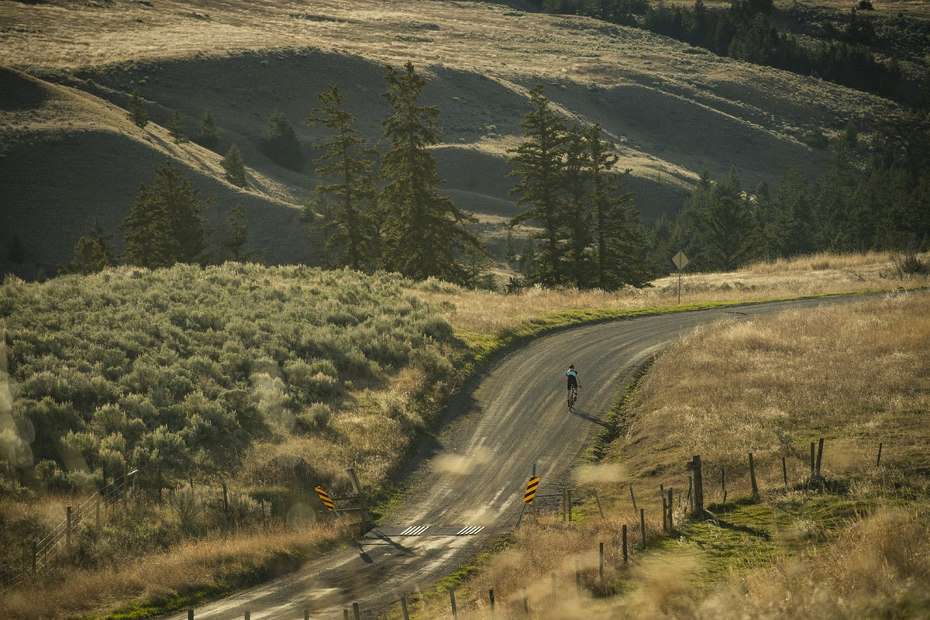
Alternatively, if you want to plan your own ride, websites like Ride With GPS allow you to build your route by tracing the roads or paths you want to follow. For those looking to add a little crunch to their miles, the website gravelmap.com is a great resource for finding gravel roads to incorporate into a ride. Mountain bikers can find trails in their areas using MTB Project, Trail Forks, and Ride Spot, among other websites.
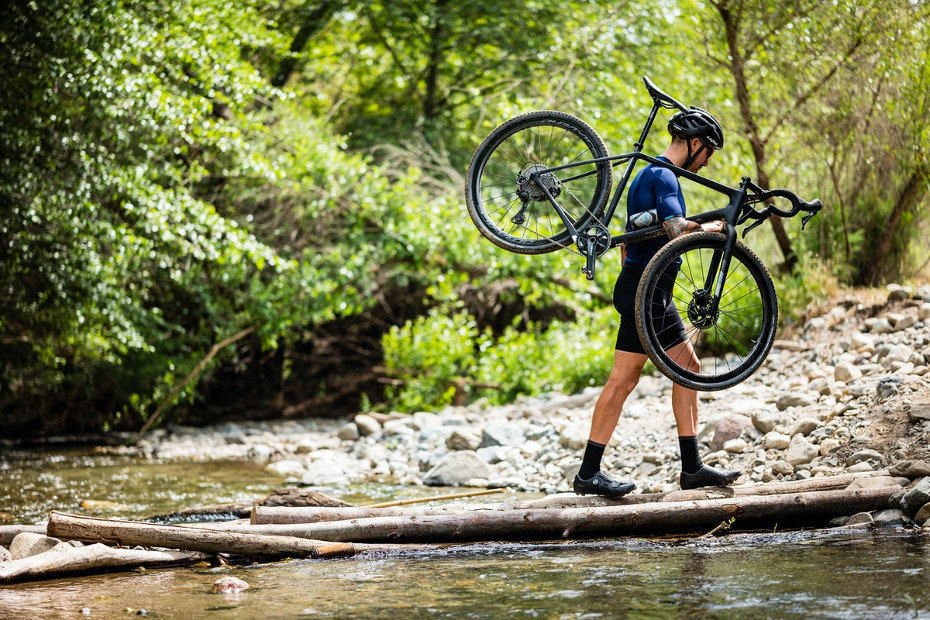
Once you've planned a route, consider how to follow the directions on the ride. Depending on the complexity, you may need various tools. For a straightforward route, look for road or trail signs to navigate or follow a set of notes. In areas without any cell service, bringing a paper map is a good idea. Finally, for rides with more in-depth directions, consider using either a GPS bike computer or a phone mount on your handlebars. There are various ways to upload a route onto either a bike computer or a smartphone, with specific directions for the different route planning websites.
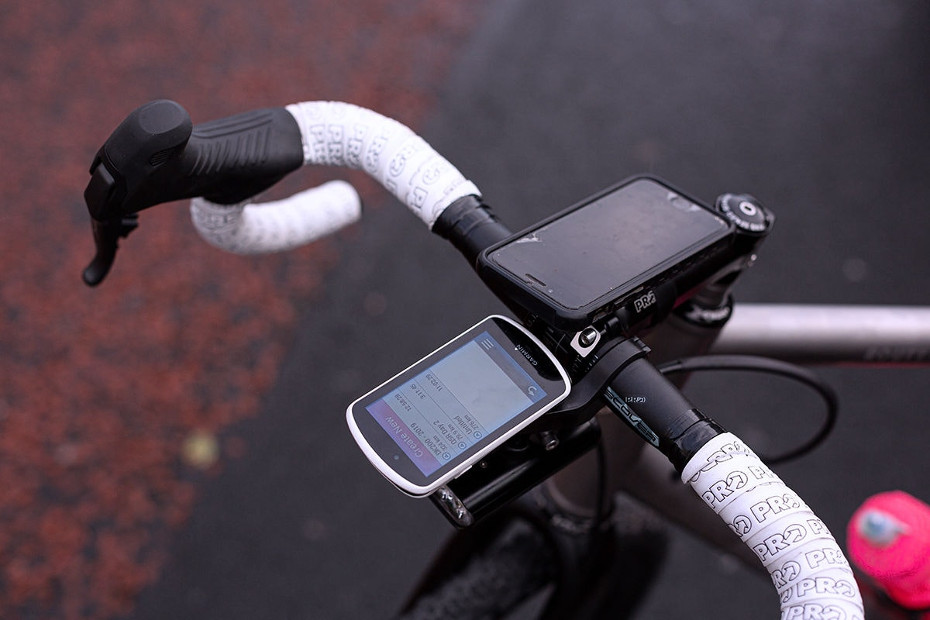
Once a route is downloaded as a .gpx file, most devices or apps provide visual or audible turn-by-turn directions to keep you on track. While these cues make navigation more efficient, they can also distract, so remain alert as you adapt to the new method of getting around.
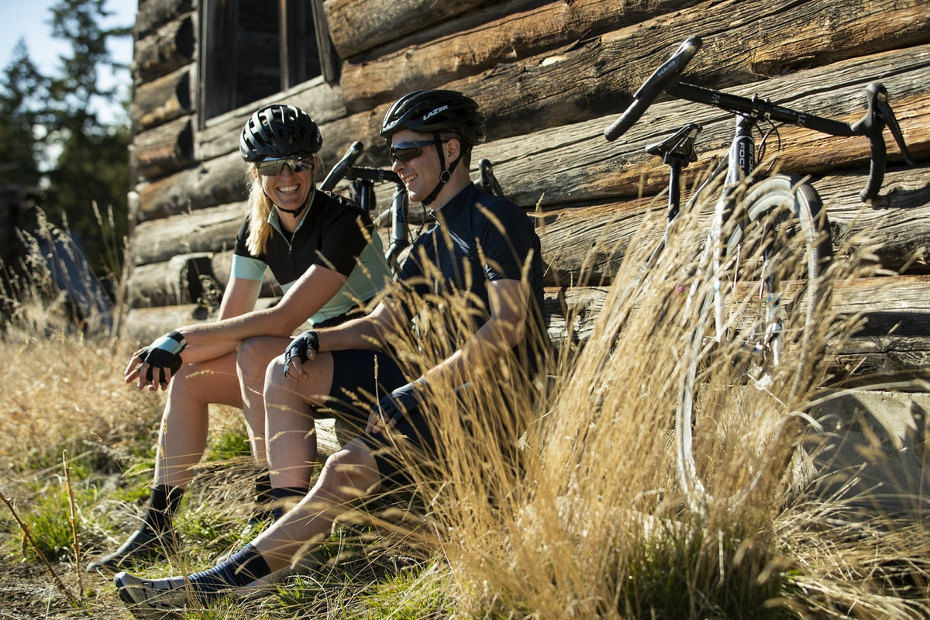
Doing a little pre-ride route-finding homework goes a long way toward refreshing the ride experience. New adventures are exciting, so take your time, give yourself space to learn, and you'll undoubtedly settle on the best way to find new, exciting places to pedal.





